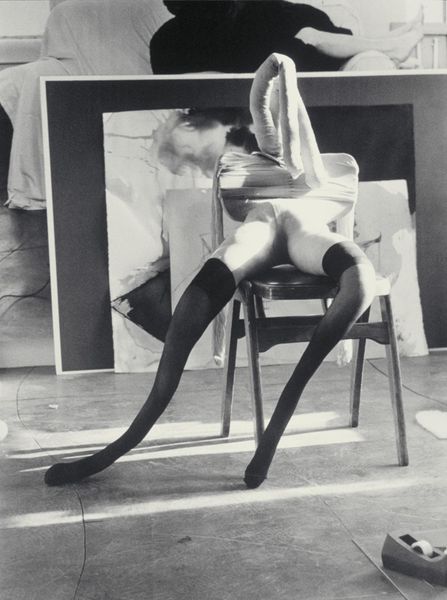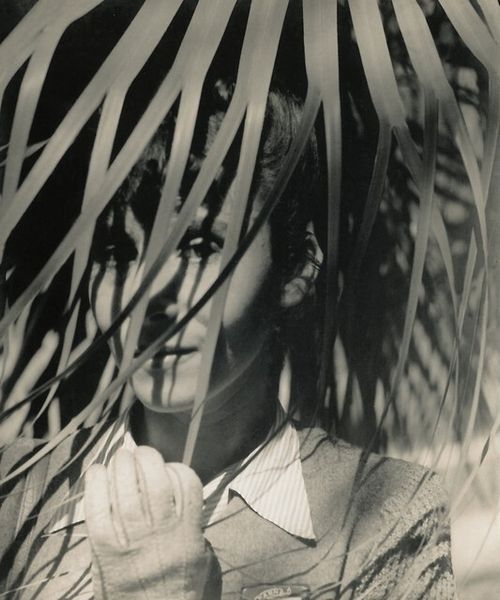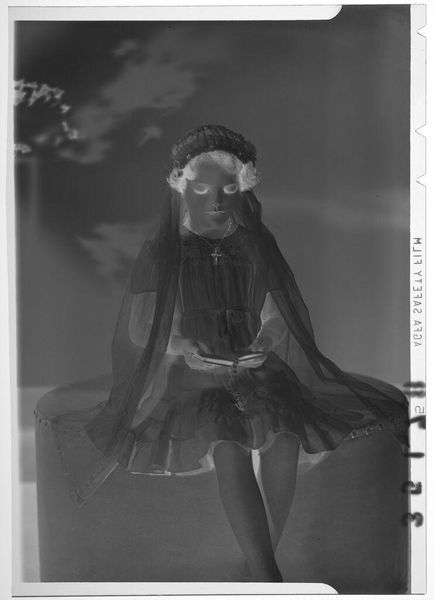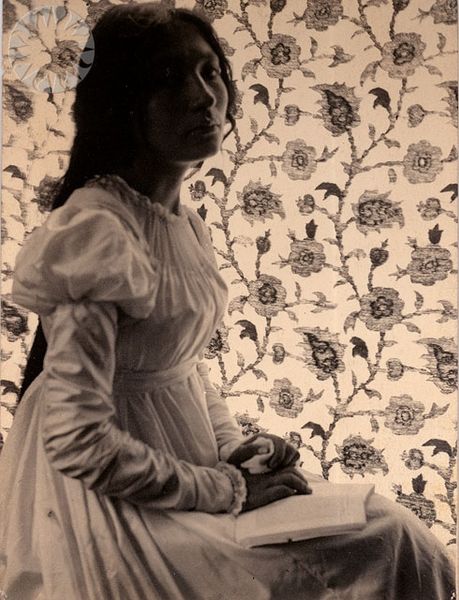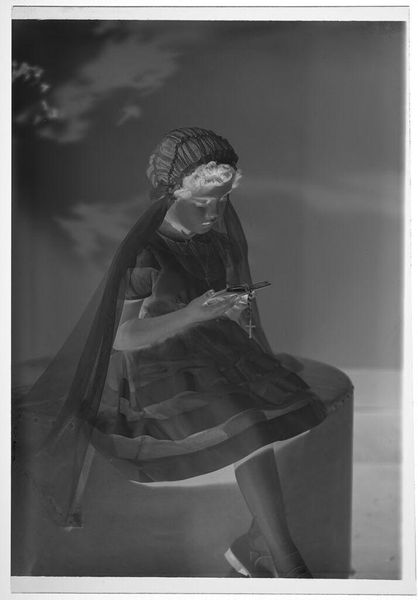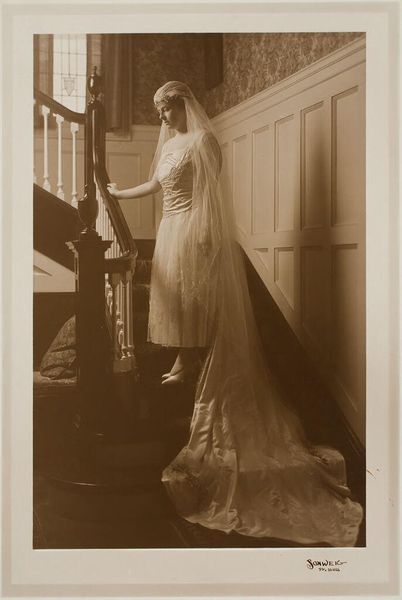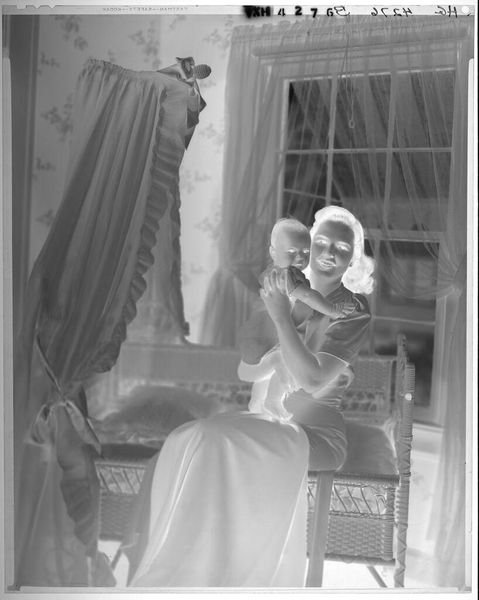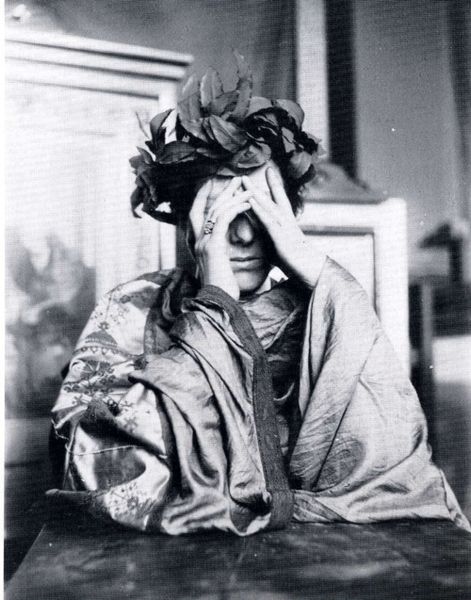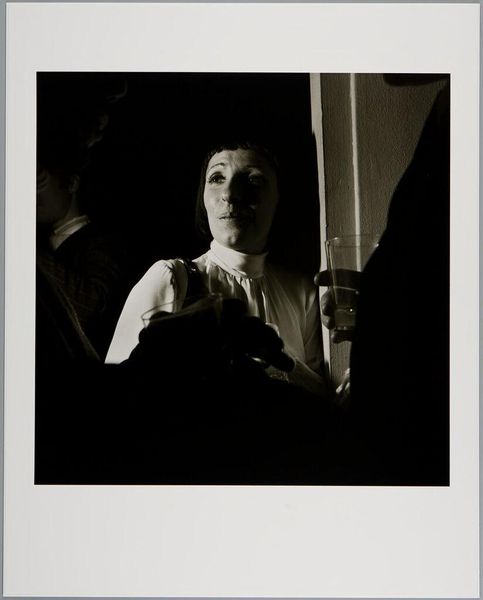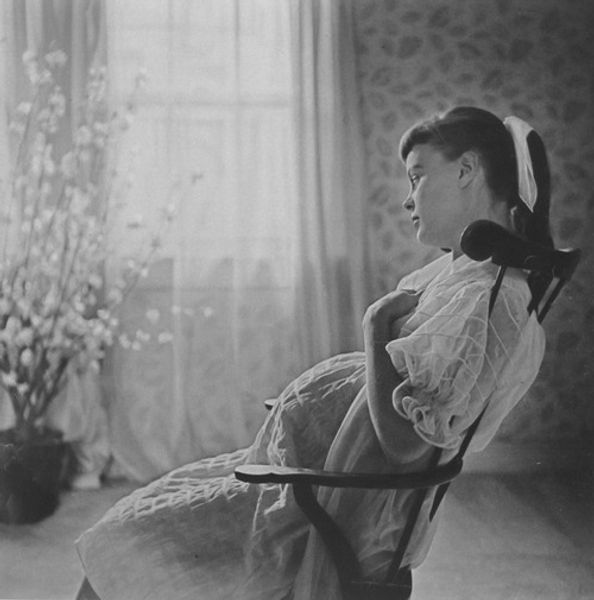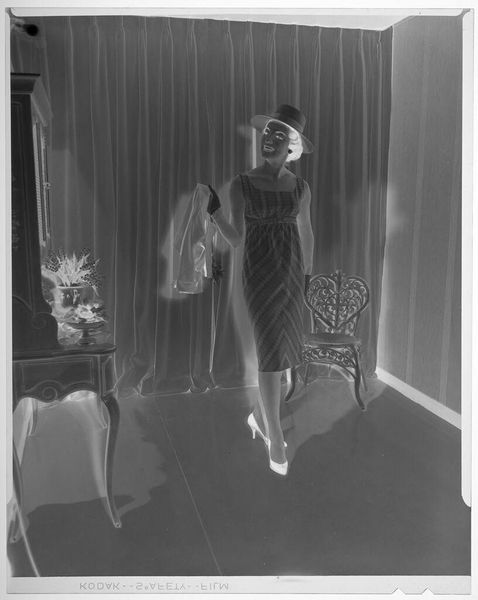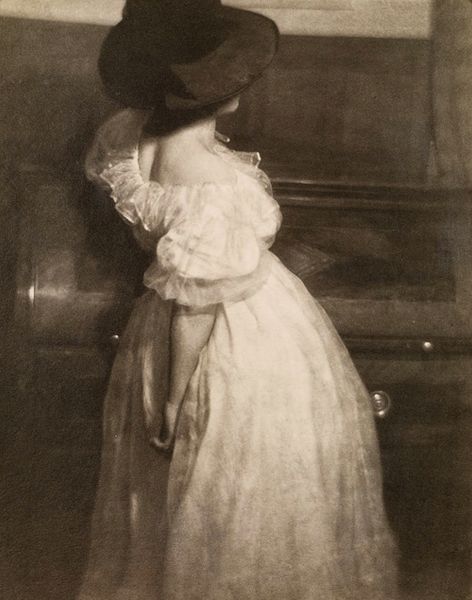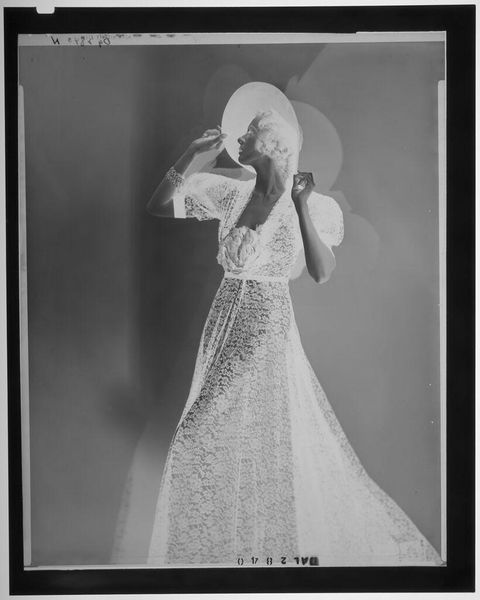
collage, photography
#
portrait
#
collage
#
figuration
#
photography
#
black and white
#
surrealism
#
modernism
Dimensions: image: 12.07 x 9.68 cm (4 3/4 x 3 13/16 in.) sheet: 12.86 x 10.16 cm (5 1/16 x 4 in.) mat: 35.56 x 27.94 cm (14 x 11 in.)
Copyright: National Gallery of Art: CC0 1.0
Curator: Well, this piece is quite striking. It's titled "Cutouts," a collage created around 1956 by Harry Callahan, primarily known for his photography. It combines photographic elements to form something new. What's your initial take on it? Editor: Stark and unsettling. The composition creates a sense of fragmented identity; the woman is literally pieced together, her face obscured, her body disrupted. It’s almost as if she's being erased or censored. Curator: Exactly. The squares placed over the face and body carry a powerful weight. In iconographic terms, the covered face has always signaled a removal of individuality or perhaps a protection of something sacred, although the collage feel conveys alienation to me. The other collage pieces could also represent other places or identities that are abstract to the figure but important in making her "whole." What is she reflecting on? Where do her internal dialogues stem from? Editor: It speaks to the societal pressures on women in the 1950s, wouldn't you agree? The focus on the pearl necklace and patterned dress signifies the importance of appearance and conformity. The cutouts disrupt this surface, suggesting an underlying unease or rebellion against these expectations. The domestic sphere confines her, expressed in the stripes from the chair, feeling reminiscent of imprisonment. Curator: It's compelling how you draw the links to social dynamics. Callahan often photographed his wife, Eleanor, exploring themes of identity and representation. He created these photographic landscapes of her, placing her within larger social and emotional conversations about women at the time. This piece also reflects on those modern struggles in the social dynamics during the modernism art movements. Editor: Absolutely. And the use of collage itself as a medium becomes significant. By cutting and rearranging, Callahan is physically disrupting the conventional representation of the female form. Curator: He's re-contextualizing her narrative. The black and white palette further enhances the sense of detachment and perhaps a loss of vitality. Yet the careful arrangement also suggests a deliberate reconstruction. What I find interesting is the collage, as it becomes a potent symbol of the self pieced together from various sources, never fully unified. Editor: A visual manifestation of the multifaceted female identity, pulled in different directions, constantly under construction... Curator: Precisely. The longer I look at it, the more it haunts me. I walk away wondering what pressures from her era created such an intense sense of needing to create “Cutouts." Editor: I agree. It’s a lasting testament to the artist’s capacity to tap into collective anxieties and create something both deeply personal and broadly relevant.
Comments
No comments
Be the first to comment and join the conversation on the ultimate creative platform.
